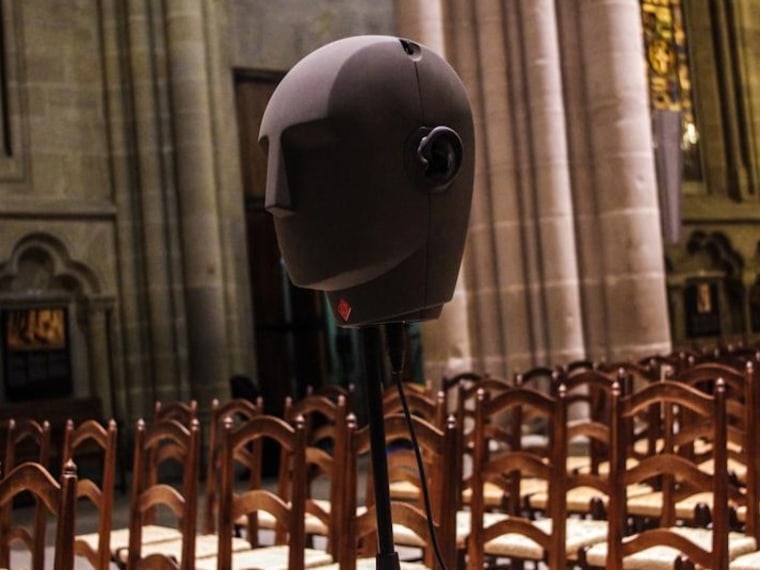As everyone learns at the zoo, bats and dolphins can get a sense of their surroundings by making a noise and listening to the echoes. A team of researchers at the Ecole polytechnique fédérale de Lausanne in Switzerland has created a computer algorithm that does the same thing, mapping a room just by listening to how it sounds.
Technologies like ultrasonic ranging can give an idea of space by using sound waves, but this is different, and more efficient.
It works much like how we understand echolocation does for animals: A unique sound is sent out, and it bounces off the objects in the environment, returning to the animal's ear (or a microphone) by various paths. The distance the sound wave has traveled and the angles at which it has bounced can be determined fairly precisely and quickly, allowing bats (or Swiss researchers) to quickly visualize their surroundings.
Ivan Dokmanic, a Ph.D. student at the university, explained that it's still very early days for the technology, but that researchers hope to catch up to bats eventually.
"In our experiments we used sine sweeps" — something like an extended bat chirp — he said in an email to NBC News. "But this is not the only possible sound (or even the best one). You could indeed do it with a variety of sounds, such as a finger snap."
It only takes a second or two for the researchers' algorithm to recreate the space from that sound's echoes, and as tests in the picturesque Lausanne Cathedral showed, the results are promising but still a bit vague. Columns in the room, for instance, might not be easy to make out, and it would take a bit of work to discern doorways and other features. But the size and shape of the room are easily determined (bats still have an edge here).

The best part may be that because the algorithm is just that, a mathematical process that can be embedded in software, it doesn't require any specialized equipment.
"It could be distributed easily," said Dokmanic. "And the microphones don't have to be high quality — ours weren't. Even the positions of the microphones are not important ... you can place them as you want as long as they hear the echoes."
The team is now working on making the algorithm faster and more accurate. In time, it could be used by devices to determine their location or the location of others in buildings, or for architects looking to create very specific acoustic effects in a room.
More information on the project is available at the journal Proceedings of the National Academy of Sciences, in which the team's paper was published.
Devin Coldewey is a contributing writer for NBC News Digital. His personal website is coldewey.cc.
